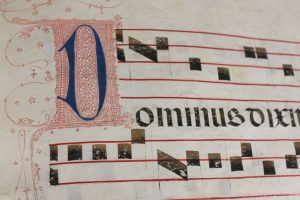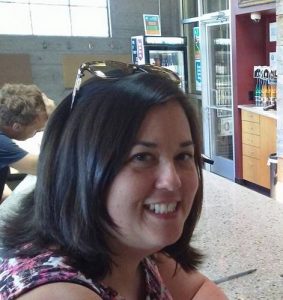by Emilia D’Agostino Pisani

The Marian Library is celebrating its 75th anniversary with events and exhibits throughout 2018. Events inspired by the Library’s rich musical holdings, feature a concert of medieval music interpreted for women’s voices and an early-music ensemble …

 Having begun her professional career as a middle school teacher in Washington state, Michelle Chiles, always had a passion for outreach and supporting her community. In 2009, she moved halfway around the world when her partner was …
Having begun her professional career as a middle school teacher in Washington state, Michelle Chiles, always had a passion for outreach and supporting her community. In 2009, she moved halfway around the world when her partner was …